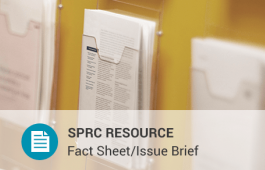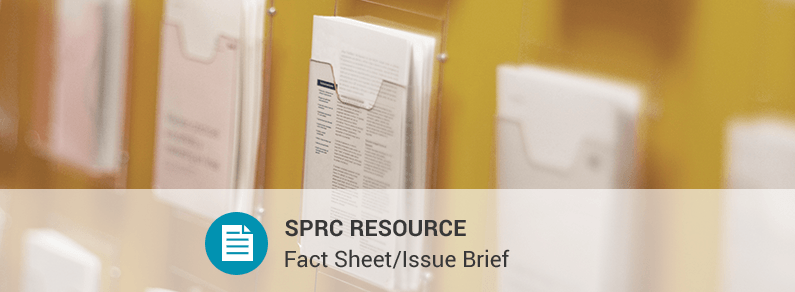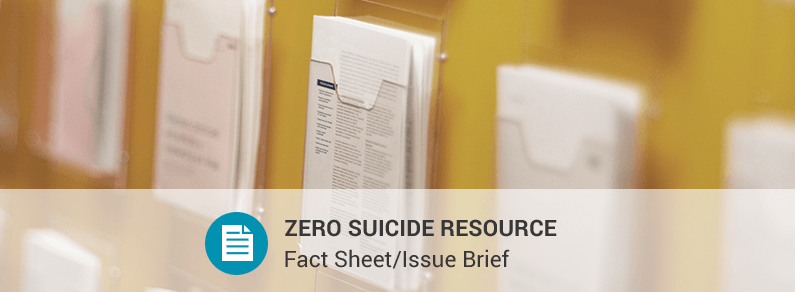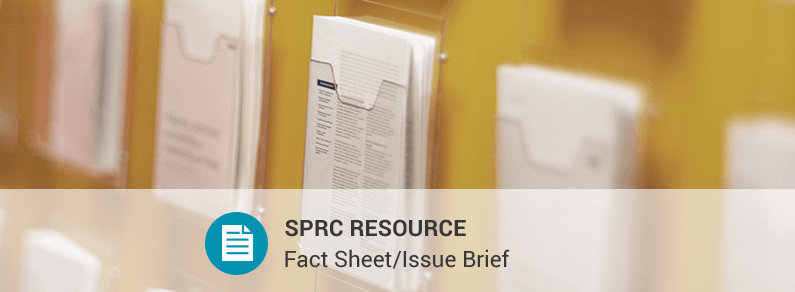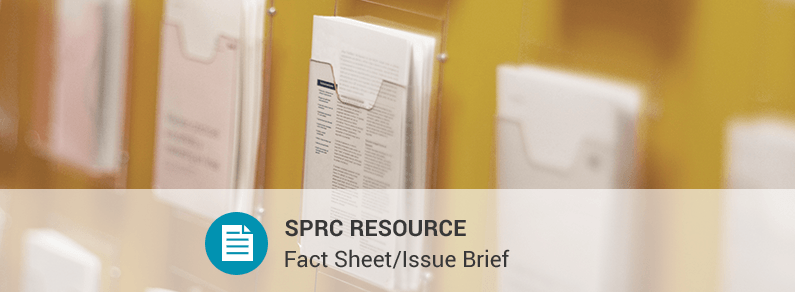This sheet provides information on the risk factors for and impact of loneliness and social isolation on older adults, tools to identify loneliness in older adults, and interventions and resources to reduce loneliness and isolation.
Reducing Loneliness and Social Isolation among Older Adults
